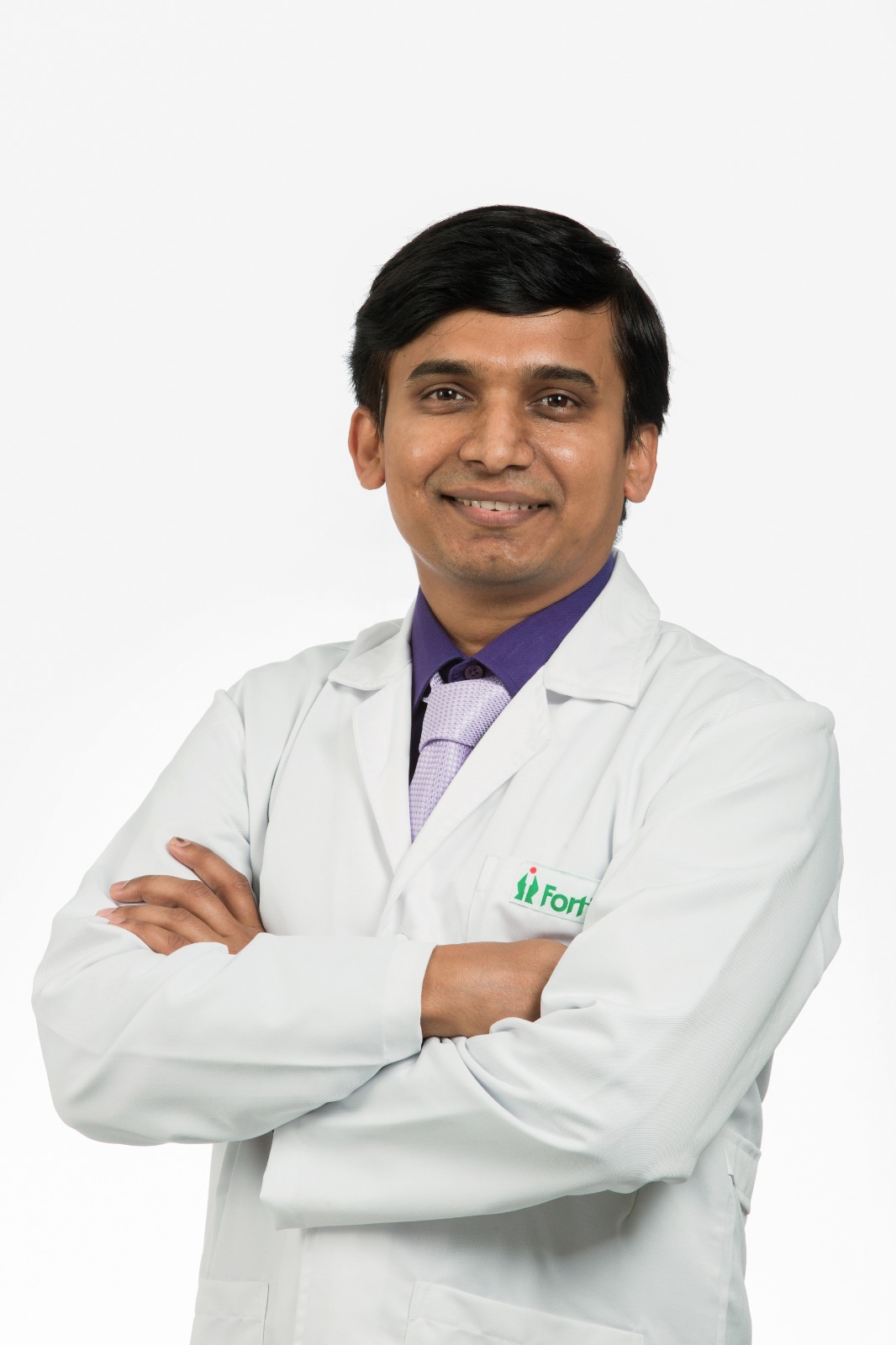Fatty liver: symptoms, diagnosis, and precaution By Dr. Gopa Shetty, Consultant – Liver Surgery, Fortis Hospital Bannerghatta Road
The liver is the largest internal organ of the human body. The main functions of the liver are to remove toxins and process food nutrients. The liver filters the blood from the digestive system before

The liver is the largest internal organ of the human body. The main functions of the liver are to remove toxins and process food nutrients. The liver filters the blood from the digestive system before it goes anywhere else in the body. Hence the healthy functioning of the body requires a healthy liver.
The fatty liver is one of the most common diseases these days. Studies suggest that at least 1 out of 4 people is affected by fatty liver. It is more than diabetes and arthritis combined. Fatty liver disease arises because of excessive fat build-up in the liver. A fatty liver prevents your liver from working efficiently. Since your liver filters toxins out of your blood, that could result in serious health repercussions.
There are two basic types: nonalcoholic fatty liver disease (NAFLD) and alcoholic fatty liver disease, also called alcoholic steatohepatitis.
Nonalcoholic fatty liver disease
It is the most common type of fatty liver disease and is usually harmless. There are two types of NAFLD. Simple fatty liver or nonalcoholic fatty liver (NAFL), and nonalcoholic steatohepatitis (NASH). It occurs when there is fat in the liver, but there is minimum damage to liver cells. Simple fatty liver does not typically develop into a more severe medical condition. Some may develop a version called nonalcoholic steatohepatitis (NASH), which results in irreversible damage to the liver. It can lead to cirrhosis and a greater chance of liver cancer.
Alcoholic fatty liver disease
People who drink a lot are prone to this type of fatty liver. As the liver breaks down the excess alcohol, it can generate harmful substances. Also, this can accelerate liver damage in overweight people. It can be the first stage of more severe problems. If you keep drinking, it can result in alcoholic hepatitis, cirrhosis, liver failure, and a higher chance of liver cancer.
Different Stages of fatty liver
Fatty liver can progress through four stages:
- Simple fatty liver: There is a build-up of excess fat in the liver.
- Steatohepatitis: In addition to excess fat, there is inflammation in the liver.
- Fibrosis: Inflammation in the liver has caused scarring.
- Cirrhosis: Scarring of the liver has become widespread. It is life threatening and can cause complete liver failure.
Symptoms
Doctors usually term fatty liver disease as a silent disease. It is because a person might not experience any symptoms, even as the disease progresses. So many people who have this condition do not realize it. Some people may feel pain or pressure in the middle or right side of their belly or be very tired. And sometimes, fatty liver and related problems can make you lose your appetite and lose weight.
Diagnosis
Since the fatty liver is usually asymptomatic, it is often difficult to diagnose. Doctors will consider a person’s medical history, diet, and lifestyle habits. They will also carry out a physical examination and do other tests to help diagnose fatty liver disease. A physical examination may include the height and weight checks to identify a person’s body mass index (BMI). The doctor will also look for signs of jaundice and insulin resistance and check for an enlarged liver. It is then followed up with more blood tests such as liver function tests, ultrasound, CT scan, or MRI scan to confirm the fatty liver.
You may be diagnosed with NASH if other diseases are ruled out after the tests. The only way to confirm it is to get a liver biopsy. It is done by taking a liver tissue sample with a needle and checking it under a microscope.
Precautions
Making lifestyle changes is essential in treating fatty liver disease and can all help prevent fatty liver disease. Treatment is not straightforward, but a person can reduce or prevent fatty liver disease by maintaining a moderate weight, following a balanced diet, taking regular exercise, and not using alcohol. Also, controlling the level of blood sugar helps in this.






